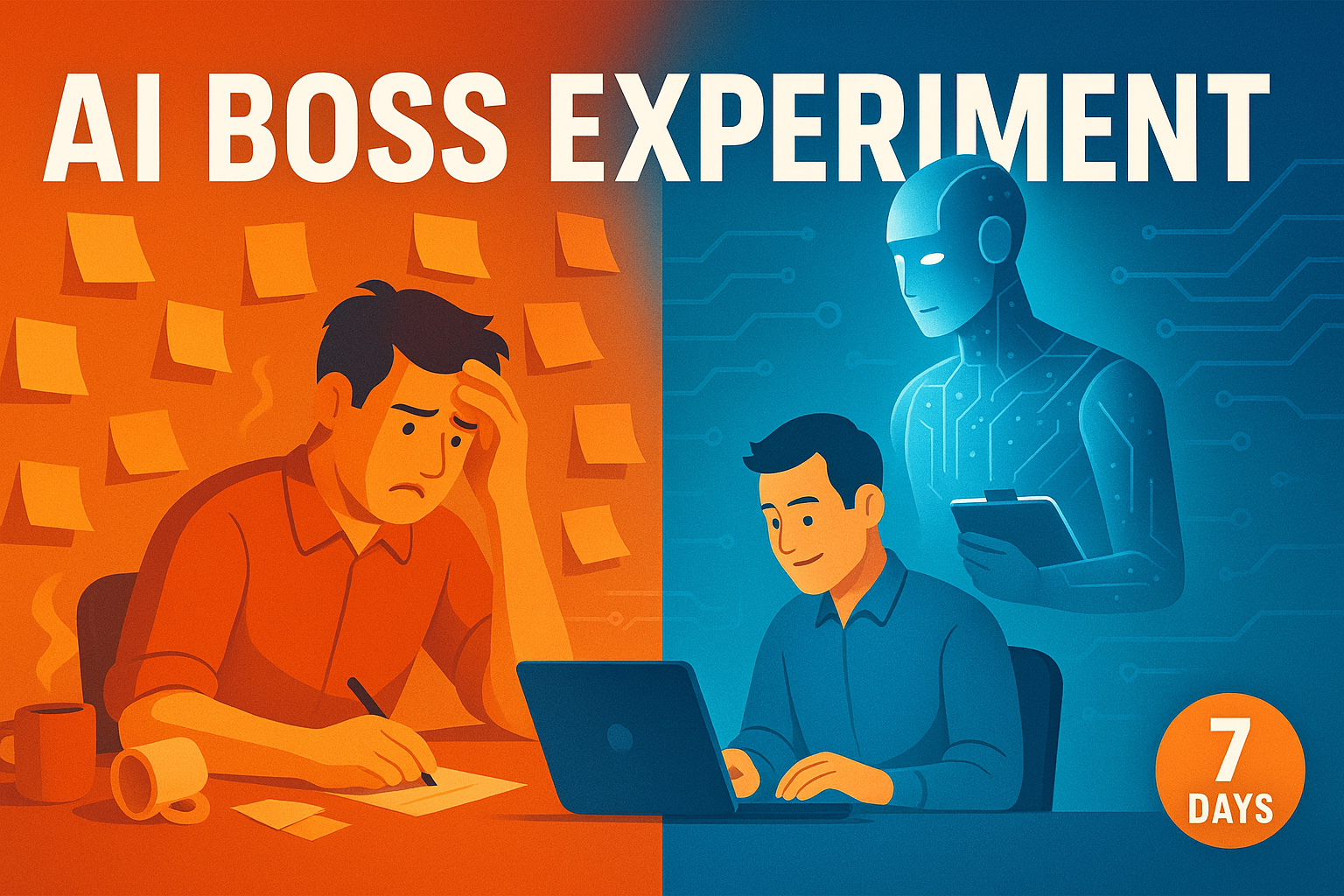
I Replaced My To-Do List With an AI Boss — Here’s the Ruthless Truth About My Productivity
In an age where time is a precious commodity, productivity hacks abound but often lead to more confusion than clarity. What if you could replace your cumbersome to-do list with an AI assistant that not only organizes your tasks but also learns from your habits? Enter GPT-5 — an AI that transforms how we approach our daily workloads. In this article, I’ll share my journey of swapping a traditional to-do list for an AI-driven system, detailing the profound impact on my productivity.
Dev Orbit
July 19, 2025
The Decline of Traditional To-Do Lists
To-do lists have long been the compass of our daily activities, helping us keep track of tasks, responsibilities, and goals. However, as our schedules become increasingly packed and the complexity of our tasks rises, these lists can feel more like an anchor than a guide. With endless items written down, it's easy to become overwhelmed and lose sight of priorities.
Moreover, traditional lists do not adapt to individual work styles or preferences. They lack the intelligence to understand our ongoing progress, deadlines, or even the best times to execute certain tasks. The result? Frustration and a decline in productivity.
This is where an AI like GPT-5 comes into play. Capable of analyzing vast amounts of data, GPT-5 can offer personalized recommendations, manage tasks dynamically, and even forecast potential challenges you might face. By replacing the stagnation of a to-do list with an AI that can evolve in its understanding of your workflow, you open yourself up to enhanced productivity and efficiency.
Making the Switch: Setting Up My AI Boss
Transitioning from a traditional to-do list to an AI boss wasn’t just about downloading an app. It required a mindset shift and a willingness to embrace technology in a more profound way. Here’s a step-by-step overview of how I made the switch:
Choosing the Right Platform: Numerous applications integrate GPT-5 or similar technologies. I explored options like Toggl and Asana, eventually settling on one that best matched my working style.
Learning to Delegate: An AI can’t help you if you don’t provide it with context. I spent weeks refining my task entries, including necessary details such as deadlines, priority levels, and even the energy required for each task.
Integrating with Existing Tools: As I already used tools like Google Calendar and Slack, I sought out ways to integrate these with my newly adopted AI for seamless task management.
Establishing Communication: I learned how to effectively communicate with my AI boss. Rather than simply inputting tasks, I started asking it for recommendations, asking it questions, and seeking its insights — much like I would a human colleague.
By following these steps, I was able to establish a solid foundation for my productivity-enhancing AI relationship. The early days were a mix of trial and error, but each interaction brought me closer to using the technology effectively.
Analyzing Productivity Metrics
Once I started relying on my AI boss, I knew it was crucial to monitor my productivity metrics closely. After all, the transition from a to-do list is only worthwhile if it positively impacts my productivity. Here’s what I focused on:
Task Completion Rates: How often was I completing my tasks as per the deadlines set? I compared the completion rates from the weeks prior to the switch against those after.
Time Spent on Tasks: My AI could help analyze how much time I was spending on specific tasks versus how long I had estimated they would take. This data was invaluable for refining future task estimates.
Stress Levels: While not a quantifiable metric, I kept a personal log of my stress levels to gauge any changes in my anxiety related to workload and task management.
For a detailed analysis, I took advantage of built-in analytics tools provided by my AI platform, allowing me to visualize my progress and make informed adjustments to my approach.
Moreover, I learned to embrace feedback loops. I would often review my productivity data weekly, using it to recalibrate how I interacted with my AI boss and adjust settings accordingly. For instance, if certain tasks were taking longer than anticipated, I would provide that feedback to the AI, allowing it to optimize recommendations in the future.
Real-World Outcomes: Benefits and Challenges
Like any new system, the results of using an AI boss presented a mixed bag of benefits and challenges. Here's a deep dive into what I discovered:
Benefits:
Enhanced Focus: Since the AI could prioritize tasks based on deadlines and my workload, I found myself focusing on what was most crucial without the guilt of neglecting other tasks.
Automated Reminders: The AI took on the role of a strict project manager, sending reminders before deadlines and ensuring I kept my commitments.
Overall Time Management: My AI boss became an augmentation of my mindfulness practices. With context-aware suggestions, it provided reminders to take breaks and avoid burnout, leading to a healthier work-life balance.
Challenges:
Over-reliance on Technology: Initially, I found myself becoming overly reliant on the AI for task management. This made me question whether I was losing the ability to prioritize on my own.
Learning Curve: Configuring the AI effectively took time and effort. Identifying how to maximize its capabilities required serious commitment.
Complex Task Management: For particularly complicated projects, I sometimes struggled to feed the AI enough context to be helpful. It highlighted the need for clear communication, both with the AI and my human collaborators.
Overall, I found that the combination of benefits outweighed the challenges, provided I remained mindful of my engagement with the system. Maintaining a balance is essential in reaping the full benefits of AI in productivity without falling into the pitfalls of dependency.
Bonus/Advanced Tips for Optimizing Your AI Boss
To truly unlock the potential of your AI boss, consider these advanced tips:
Continuous Learning: Regularly update the AI with new projects, goals, and evolving work habits. An AI that learns continuously is far more predictive and helpful.
Customize Settings: Spend time customizing your settings for task alerts and prioritization. Every individual operates differently; tailor the system to fit your needs.
Mindfulness and Task Reflection: Pair your AI use with mindfulness practices. Reflect on how tasks align with your overall goals — let the AI enhance your clarity but not dictate your values.
Explore Integrations: Identify other tools or software that can be integrated with your AI to further streamline productivity. For instance, integrating finance management tools could help in budgeting your time and resources.
Regular Backup: It is essential to regularly backup your task profile and data. While AI is intelligent, there can be tech glitches, so having your own control over your data offers peace of mind.
Conclusion
Transitioning from a traditional to-do list to an AI-powered boss significantly altered my productivity landscape. The initial challenge of integrating advanced technology paid off through remarkable increases in task completion rates, focus, and overall time management. While there are challenges to navigate, the rewards are worth it. If you’re considering making the leap, I encourage you to share your experiences and thoughts in the comments below. Let’s explore the future of work together!

Enjoyed this article?
Subscribe to our newsletter and never miss out on new articles and updates.
More from Dev Orbit
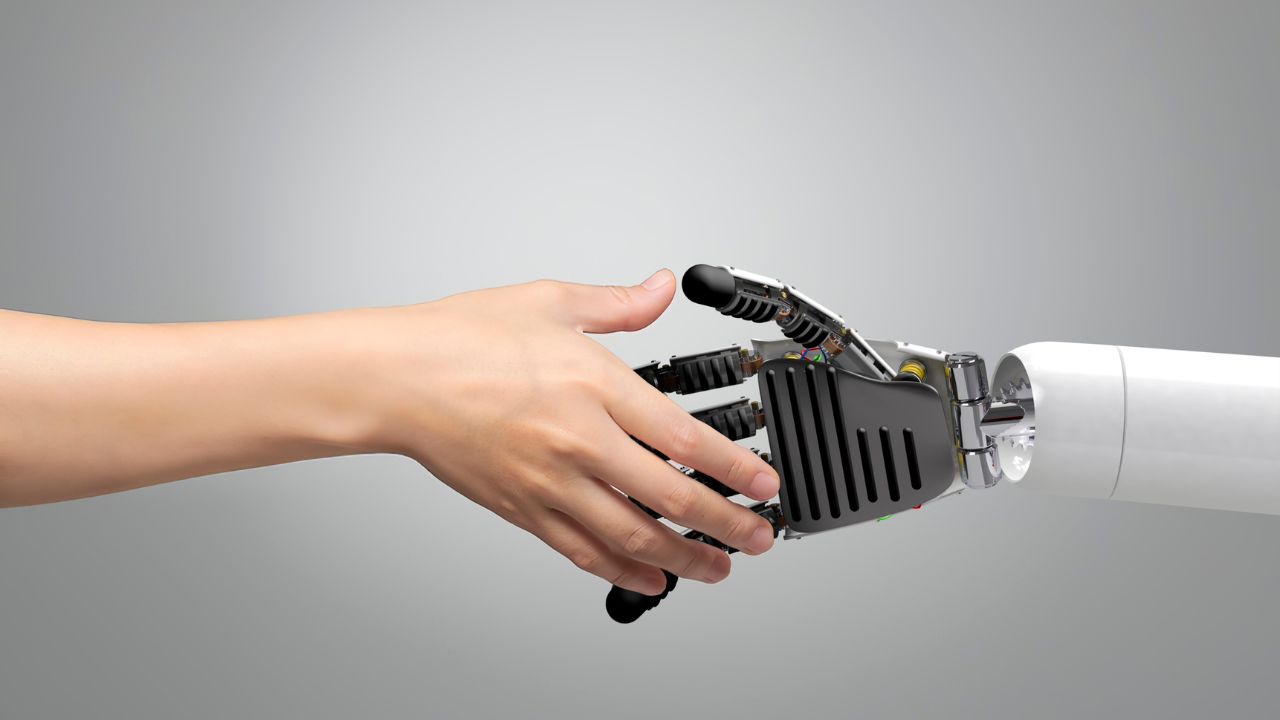
Why Most People Waste Their AI Prompts ? How to Fix It...
In the current landscape of AI technology, many users struggle with crafting effective prompts. This article explores common pitfalls and offers actionable strategies to unlock the true potential of AI tools like GPT-5.
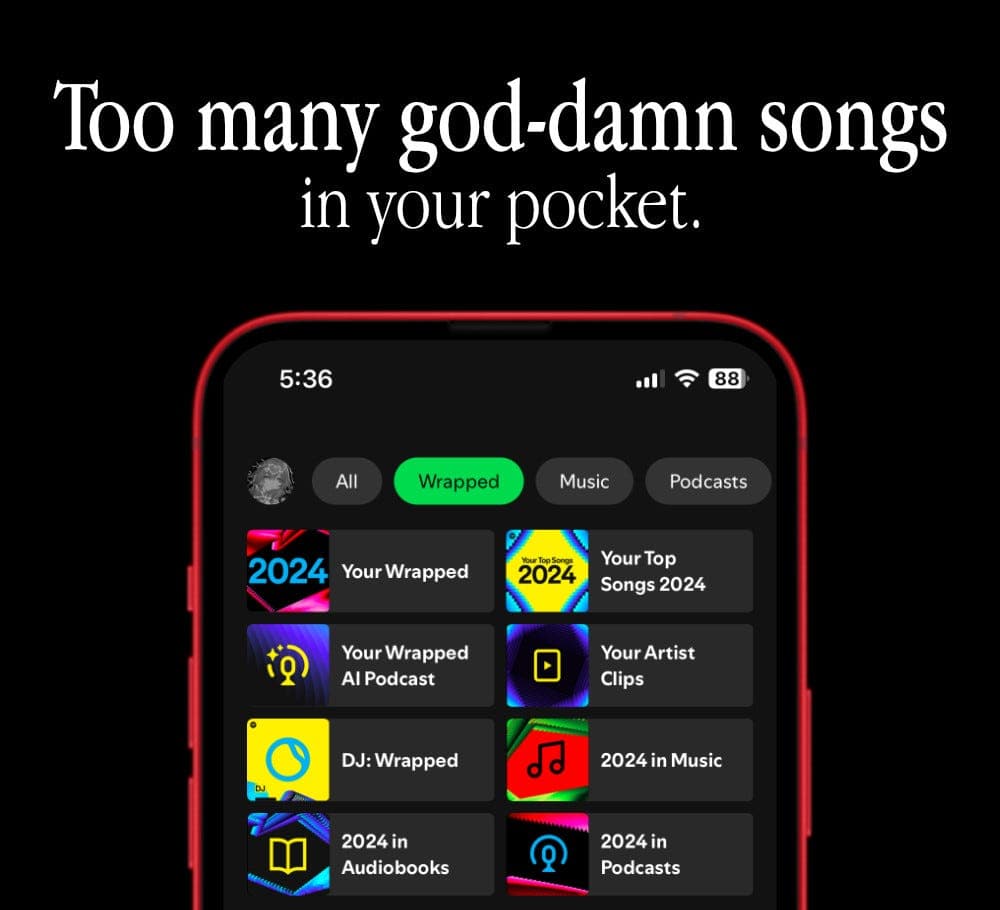
Spotify Wrapped Is Everything Wrong With The Music Industry
Every year, millions of Spotify users eagerly anticipate their Spotify Wrapped, revealing their most-listened-to songs, artists and genres. While this personalized year-in-review feature garners excitement, it also highlights critical flaws in the contemporary music industry. In this article, we explore how Spotify Wrapped serves as a microcosm of larger issues affecting artists, listeners and the industry's overall ecosystem.
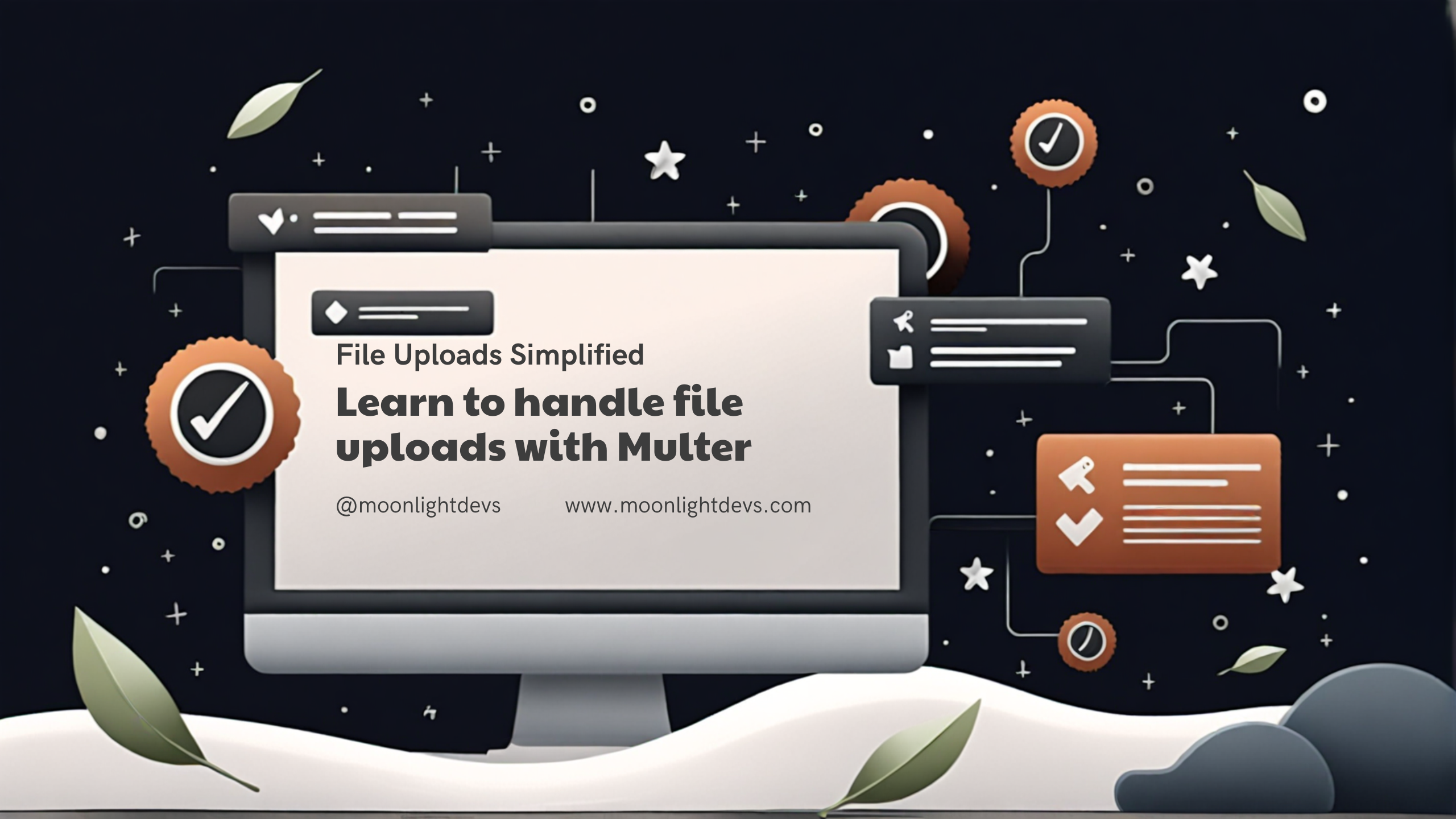
Handling File Uploads Using Multer In Node Js Express
Web developers must understand how to handle file uploads in the fast-changing world of web development. Multer in Node.js is a robust solution for this task. This article explores Multer features, installation process, advanced functionalities and best practices for seamless integration with Express.
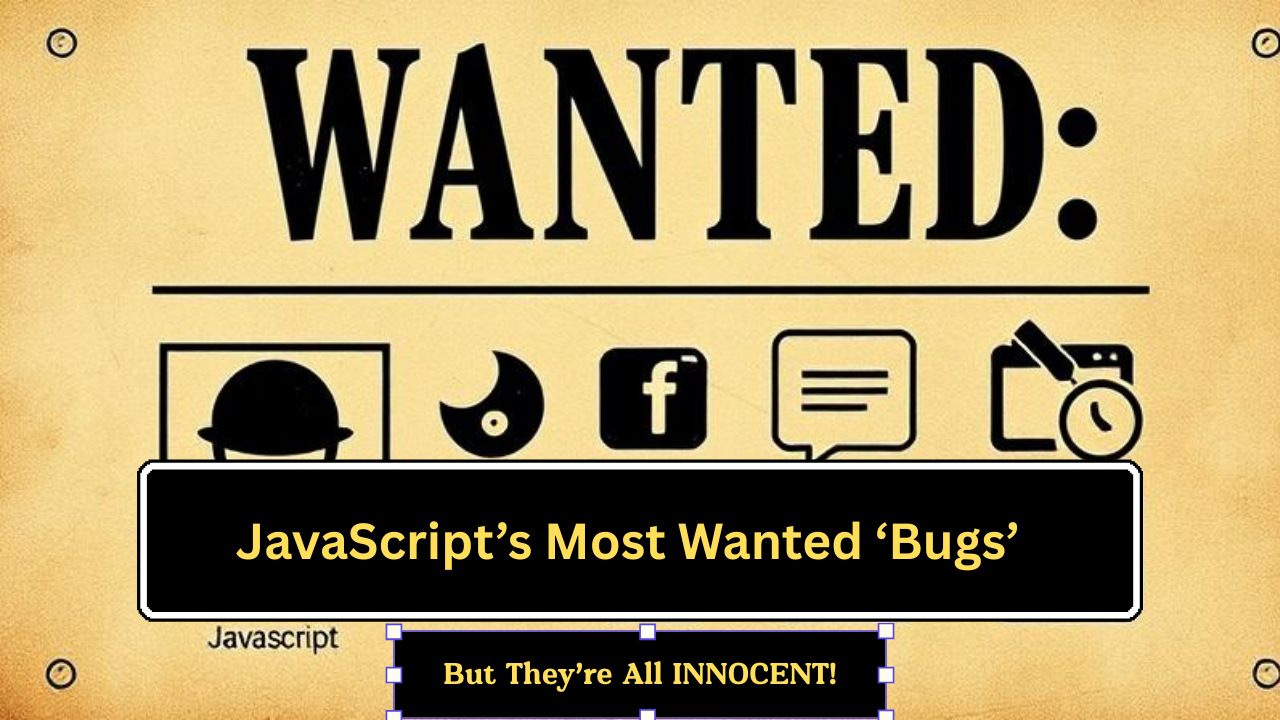
10 JavaScript Quirks That Look Wrong (But Are Actually Right)
This article dives deep into ten surprising quirks of JavaScript that might confuse developers, especially those new to the language. From unexpected behavior with type coercion to peculiarities in operator precedence, we will clarify each aspect with real-world examples and practical implications. By understanding these quirks, developers can write cleaner and more efficient code, avoiding common pitfalls along the way.

Avoid These Common Node.js Backend Development Mistakes
Introduce the significance of Node.js in backend development and how its popularity has led to an array of common mistakes that developers might overlook.
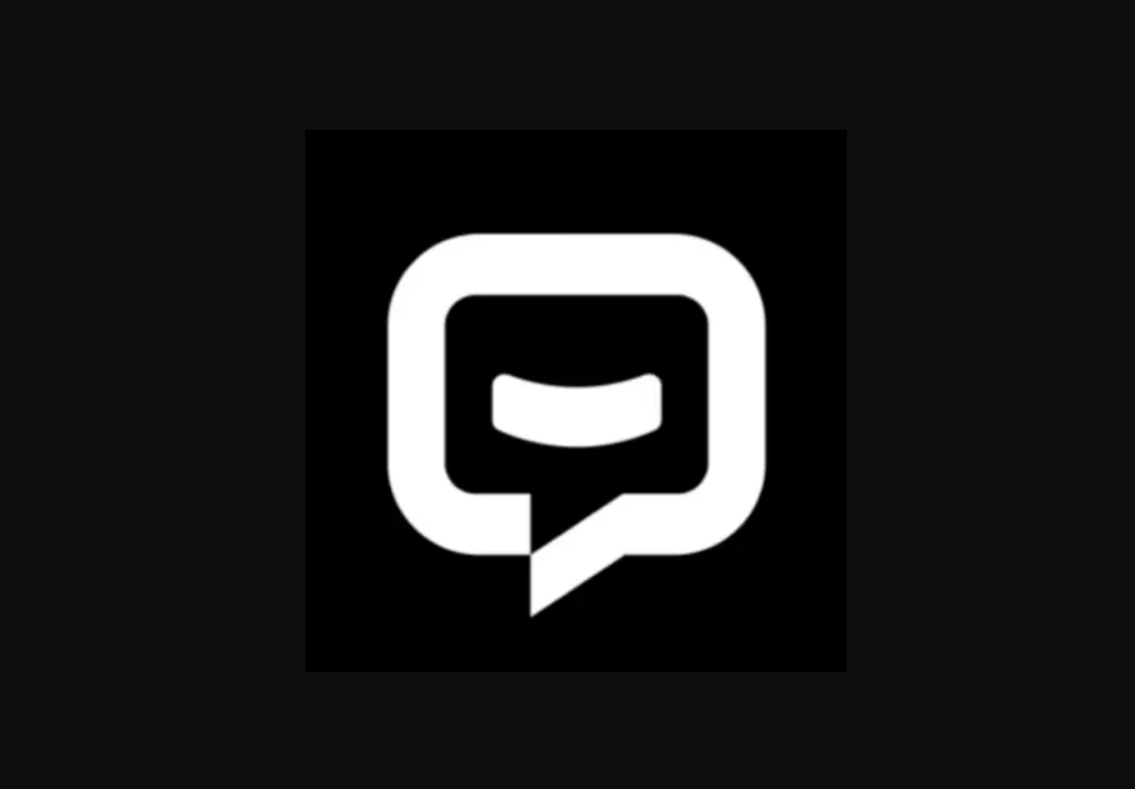
How to Build an App Like SpicyChat AI: A Complete Video Chat Platform Guide
Are you intrigued by the concept of creating your own video chat platform like SpicyChat AI? In this comprehensive guide, we will walk you through the essentials of building a robust app that not only facilitates seamless video communication but also leverages cutting-edge technology such as artificial intelligence. By the end of this post, you'll have a clear roadmap to make your video chat application a reality, incorporating intriguing features that enhance user experience.
Releted Blogs

Top AI Tools to Skyrocket Your Team’s Productivity in 2025
As we embrace a new era of technology, the reliance on Artificial Intelligence (AI) is becoming paramount for teams aiming for high productivity. This blog will dive into the top-tier AI tools anticipated for 2025, empowering your team to automate mundane tasks, streamline workflows, and unleash their creativity. Read on to discover how these innovations can revolutionize your workplace and maximize efficiency.
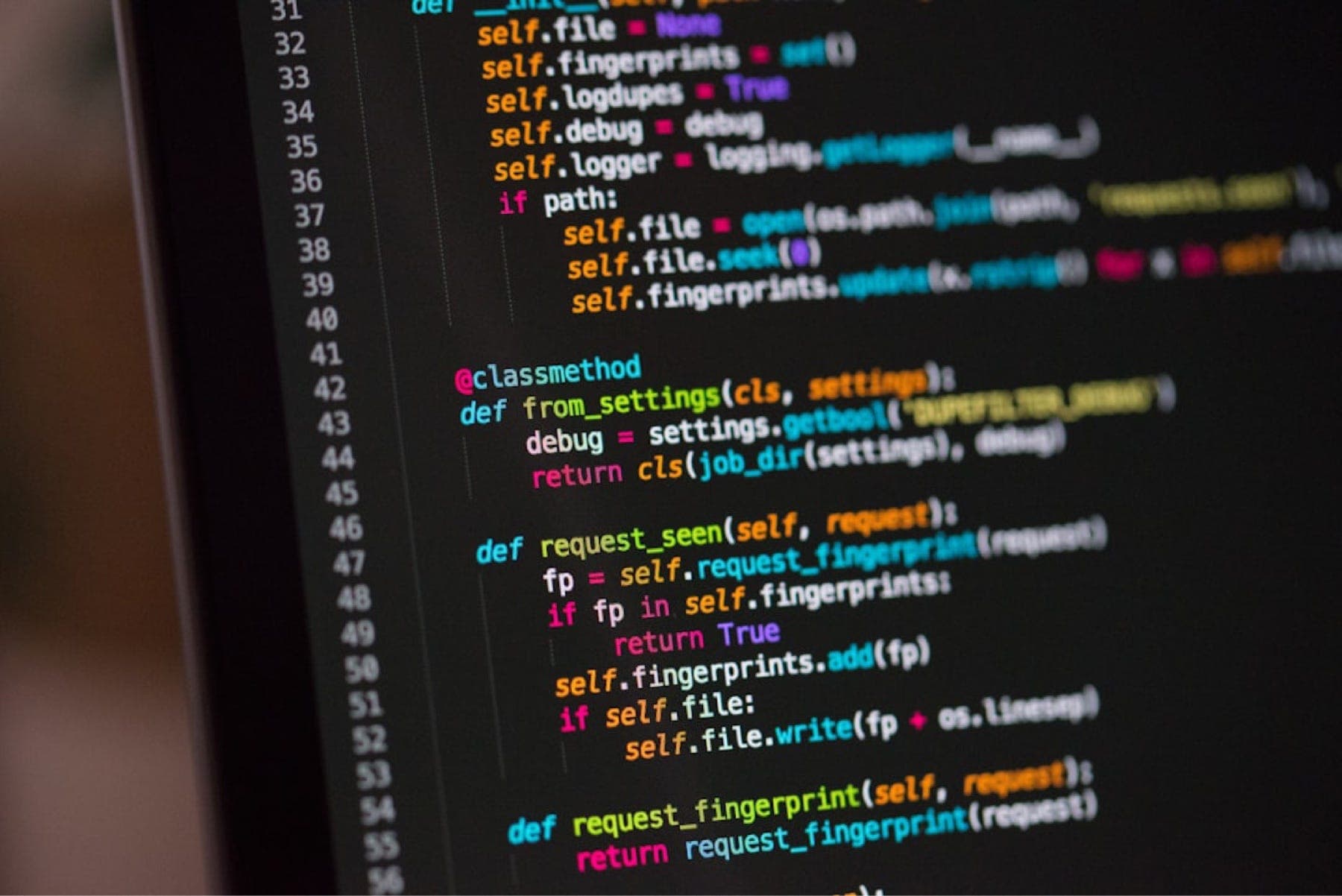
From Autocompletion to Agentic Reasoning: The Evolution of AI Code Assistants
Discover how AI code assistants have progressed from simple autocompletion tools to highly sophisticated systems capable of agentic reasoning. This article explores the innovations driving this transformation and what it means for developers and technical teams alike.
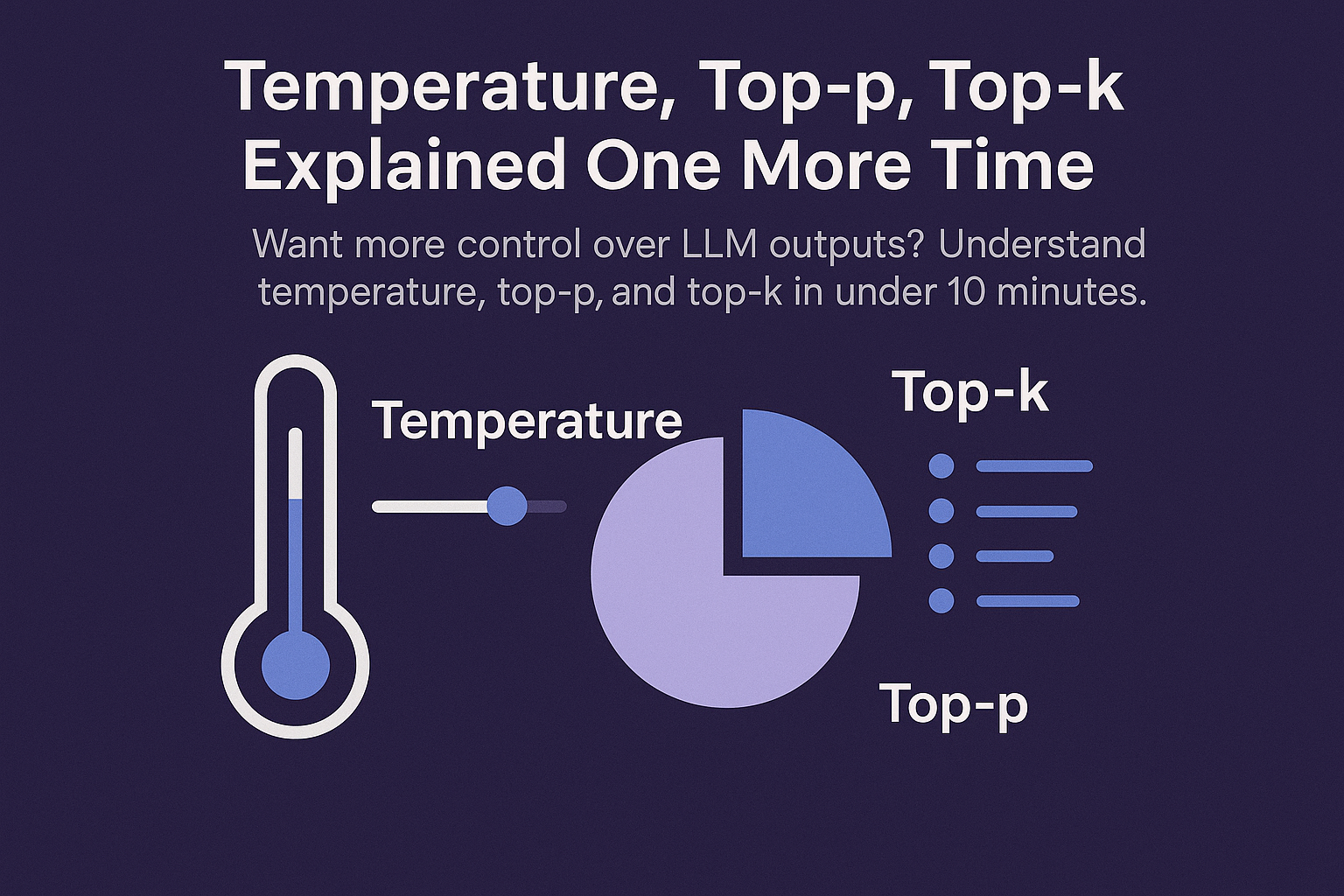
Temperature, Top-P, Top-K — Explained One More Time
This comprehensive guide delves into the intricacies of temperature, top-p, and top-k parameters in AI language models. Whether you're a developer or researcher, you'll learn how to leverage these settings to improve your model's performance and get the most out of AI-generated content.
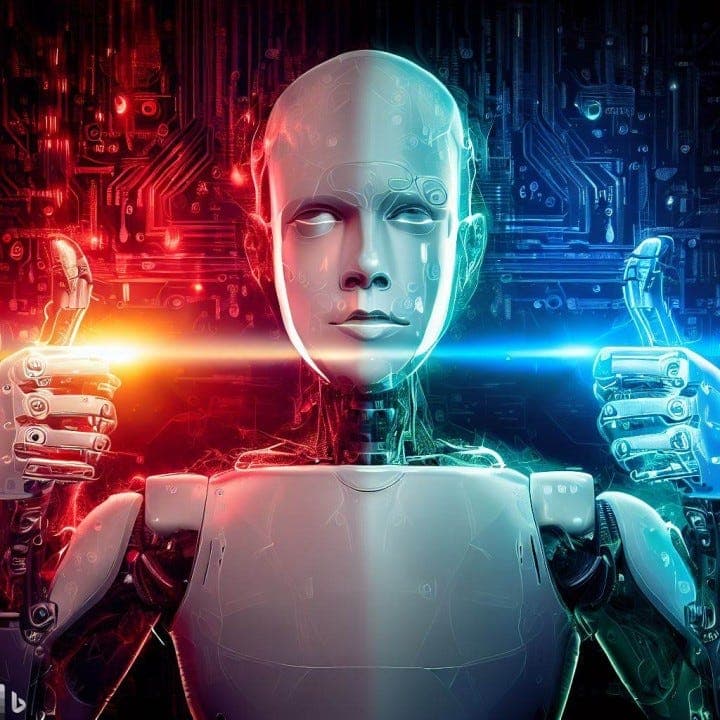
AI: A Double-Edged Sword for HumanityAI: A Double-Edged Sword for Humanity
As we navigate the uncharted waters of artificial intelligence, we face a remarkable revolution that holds the potential to dramatically reshape human existence. This article delves into how AI can serve both as an unparalleled tool for advancement and a potential source of significant challenges. We will explore the implications of AI, particularly the upcoming advancements like GPT-5, offering valuable insights into harnessing its power responsibly.

GitHub Copilot vs Tabnine (2025): Which AI Assistant is Best?
AI coding assistants are no longer futuristic experiments—they’re becoming essential tools in the modern developer’s workflow. In this review, we’ll compare GitHub Copilot and Tabnine head-to-head in 2025, exploring how each performs in real-world backend coding tasks. From productivity gains to code quality, we’ll answer the burning question: Which AI assistant should you trust with your code?

Raed Abedalaziz Ramadan: Steering Saudi Investment Toward the Future with AI and Digital Currencies
In an era marked by rapid technological advancements, the intersection of artificial intelligence and digital currencies is reshaping global investment landscapes. Industry leaders like Raed Abedalaziz Ramadan are pioneering efforts to integrate these innovations within Saudi Arabia’s economic framework. This article delves into how AI and digital currencies are being leveraged to position Saudi investments for future success, providing insights, strategies and practical implications for stakeholders.
Have a story to tell?
Join our community of writers and share your insights with the world.
Start Writing